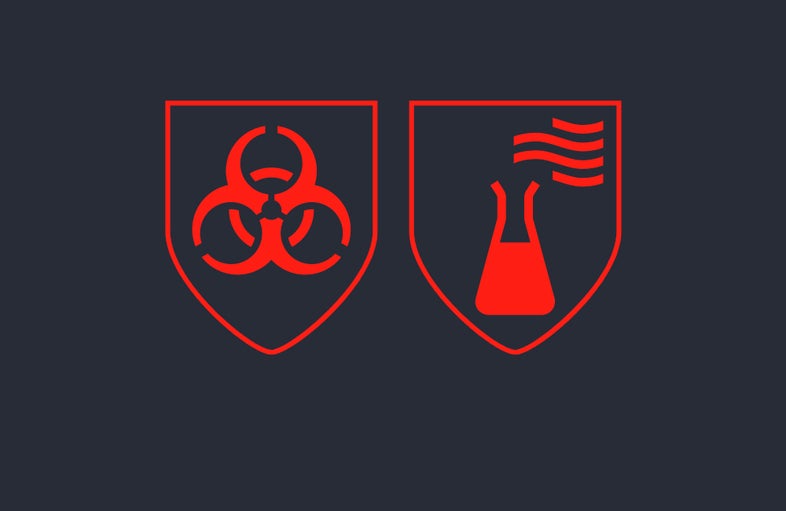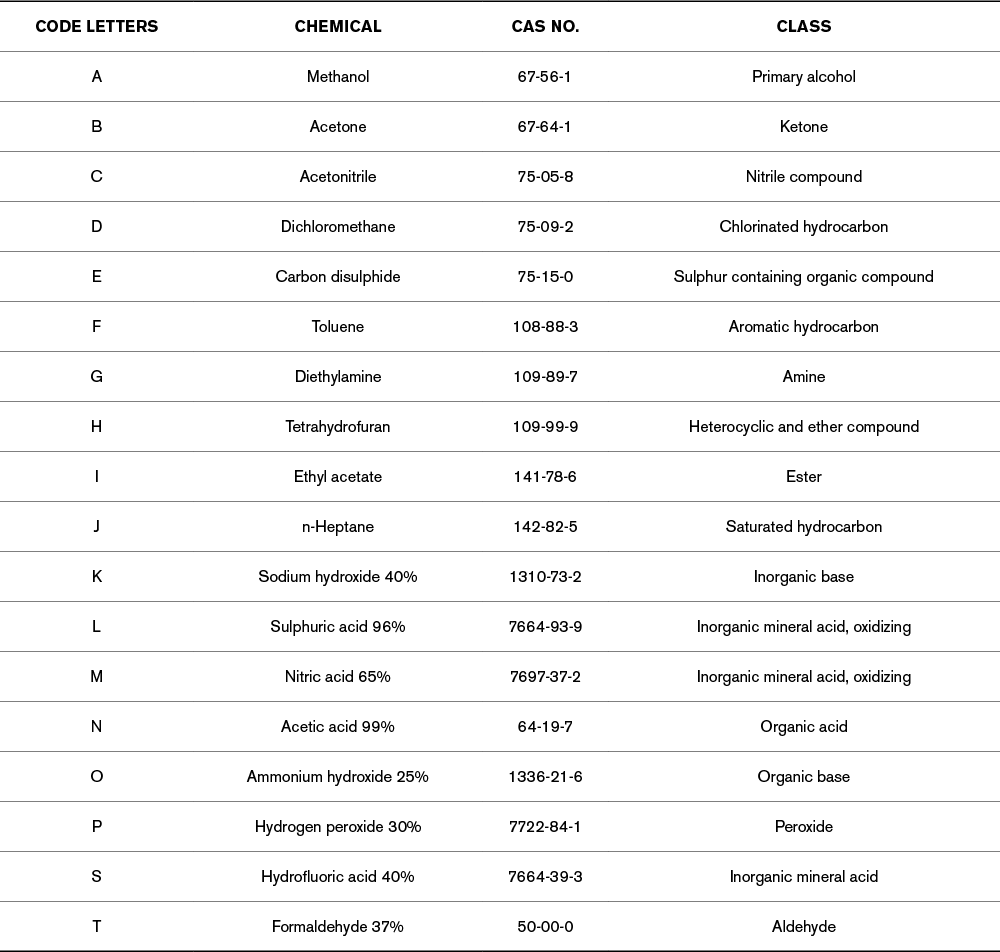
EN ISO 374-1:2016
Protective gloves against dangerous chemicals and micro-organisms
Chemicals can cause seriously harm for both the personal health and the environment. Two chemicals, each with known properties, can cause unexpected effects when they are mixed. This standard gives directives of how to test degradation and permeation for 18 chemicals but doesn’t reflect the actual duration of protection in the workplace and the differences between mixtures and pure chemicals.
This standard specifies the demands of the requirements for a glove to protect against dangerous chemicals and micro-organisms.
The shortest allowable length that is liquid tight shall correspond to the minimum length of the gloves as specified in EN 420:2003 + A1:2009.
PENETRATION
Chemicals can penetrate through holes and other defects in the glove material. To secure a glove to be approved as a chemical protection glove the glove shall not leak water or air when tested according to penetration, EN 374-2:2014.
DEGRADATION
The glove material might be negatively affected by chemical contact. Degradation shall be determined according to EN 374-4:2013 for each chemical. The degradation result, in percentage (%), shall be reported in the user instruction.
PERMEATION
The chemicals break through the glove material at a molecular level. The breakthrough time is here evaluated and the glove must withstand a breakthrough time of at least:
Type A – 30 minutes (level 2) against minimum 6 test chemicals
Type B – 30 minutes (level 2) against minimum 3 test chemicals
Type C – 10 minutes (level 1) against minimum 1 test chemical

The third row in the pictogram for Type A and B indicates which chemicals, in the table below, the glove protects against. Type C doesn’t have a third row and withstand 1 chemical only for a short while.

The test chemicals are listed in the table above and all 18 chemicals shall be tested for permeation according to EN 16523-1:2015.

MICRO-ORGANISMS
All gloves must be tested against micro-organisms. The gloves are tested to protect against bacteria and fungi, but also viruses if requested, according to EN 374-5:2016.

